Rose Rosarium Uetersen
Rosarium Uetersen is a German-bred climbing large-flowered rose. Bred by Reimer Cordes - one of the founders of the company "Wilhelm Cordes and Sons", engaged in the selection and production of roses. Cross of 'Karlsruhe' rose with an unknown seedling in 1957. Named after the oldest and largest Rosarium Uetersen located in Germany. Registered as a variety in 1977.
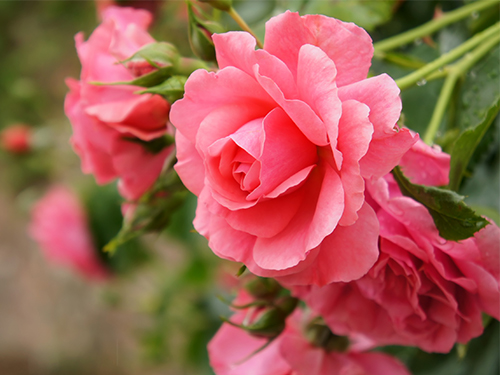
The plant reaches a height of 190 - 300 cm, a width of 80 - 120 cm. When grown in the form of a trunk, a lush rounded crown can be formed. Shoots are upright, curly, tough and strong, with thorny thorns. The foliage is abundant, large, glossy, from green to dark green in color.
Roses are large, double, 9 - 12 cm in diameter, contain about a hundred wavy petals tightly adjacent to each other. The shape of the flowers changes during flowering from a rounded-pointed bud to a cup-shaped one. It is believed that the Utersen Rosarium is similar in shape to the English roses bred by David Austin. The flowers are bright pink in color, and when blooming, they acquire a light silvery pink hue; they are collected in loose clusters, consisting of 3 - 5 buds. Up to 40 flowers can bloom on one shoot. Roses have a delicate, fresh, light aroma, reminiscent of the smell of apples.
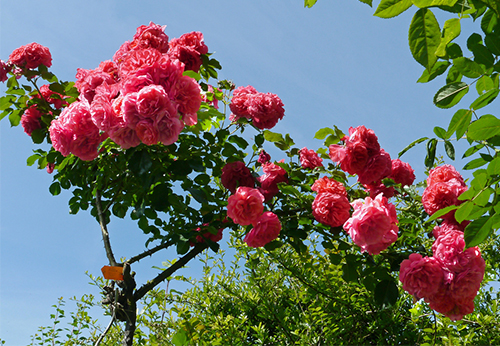
Lush bloom, lasts from June to autumn. The first bloom is very abundant, so much so that it can almost completely hide the large green leaves. Further, with proper pruning, you can achieve uniform periodic flowering right up to the very frost.
This variety is suitable for regions with harsh climates. Differs in high frost resistance: according to USDA zone 4b (minus 28 - 31 ° C), which corresponds to the climate of the Moscow region and most of Russia. This rose is characterized by resistance to diseases such as powdery mildew and black spot. She prefers moderately moist and well-drained soils, rich in humus.
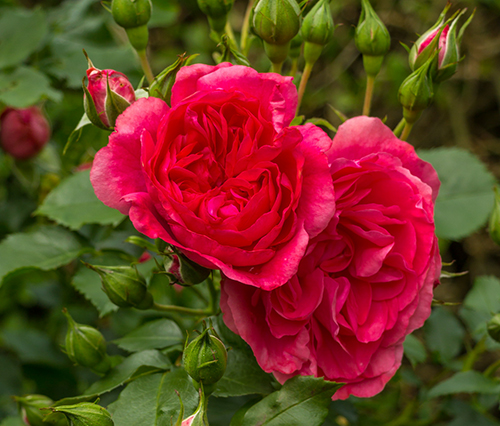
The Rosarium Uetersen rose can, by pruning, be grown as a bush, up to 2 meters high and wide. Or as a climbing rose with shoots up to 3 meters long, in this case the plant must be tied to supports.
Advantages of the variety: beautiful color of flowers, high frost resistance and disease resistance, abundant flowering, well tolerates precipitation and wind.
Disadvantages: the plant is very prickly, weak aroma of flowers, slow growth of shoots.
The Utersen Rosarium will perfectly decorate outdoor terraces, pergolas, verandas, gazebos, fences and obelisks. Also, thanks to the climbing shoots, it is ideal for creating flower arches, hedges and flower beds.
Due to its hardiness, splendor of flowers and beautiful appearance, this variety is popular in various countries and has won numerous awards at international exhibitions.
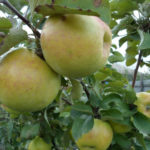
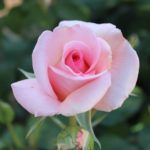
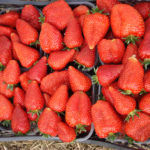

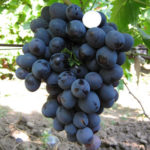
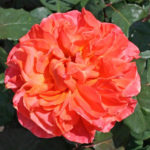



The Utersen Rosarium has been growing for me for the seventh year. I'm not a flower fan at all - that's what I thought before. This sapling was presented as a birthday present, and since then my love for roses began. The hardest part for me in caring for them is sheltering the bushes for the winter. I do it as follows: I remove the shoots from the arch and carefully bend them onto the prepared layer of glassine and spruce branches. During this process, the main thing is not to break the shoots and not inject yourself, since the rose is very prickly. I work in ski gloves, but even through them, sometimes thorns are pricked. Next, I wrap the shoots with non-woven material and cover them with spruce branches on top. That's it, the rose is ready for winter! How do you insulate and protect these delicate flowers from frost?
Very hardy and unpretentious variety, not afraid of rain or partial shade. Winters well.As a covering material, I use geotextiles, which I stretch over a wooden frame.
This rose is my second year - it grows in the form of a bush. A gorgeous plant. During the flowering period, it is strewn with clusters of buds. The color of the flowers fades slightly towards the end of flowering, but this does not in the least reduce the decorative effect, but gives the petals a silvery hue. Passing through the site, it is impossible to take your eyes off the splendor. It blooms for more than a month, then a very short break, and again - a bright pink fountain. A neat bush - flowers at the ends of the shoots, but there are so many of them that the greenery is almost invisible. Of course, such an abundant flowering requires adequate nutrition. Several times a season I add humus to the roots and constantly loosen the ground under the bushes. I mulch with cut grass. For the winter, I cover the bases of the bushes with sphagnum moss, wrap it up with non-woven material, which I fix with ordinary clothespins. Pruning is carried out in the spring, when buds appear, at the same time forming a bush.